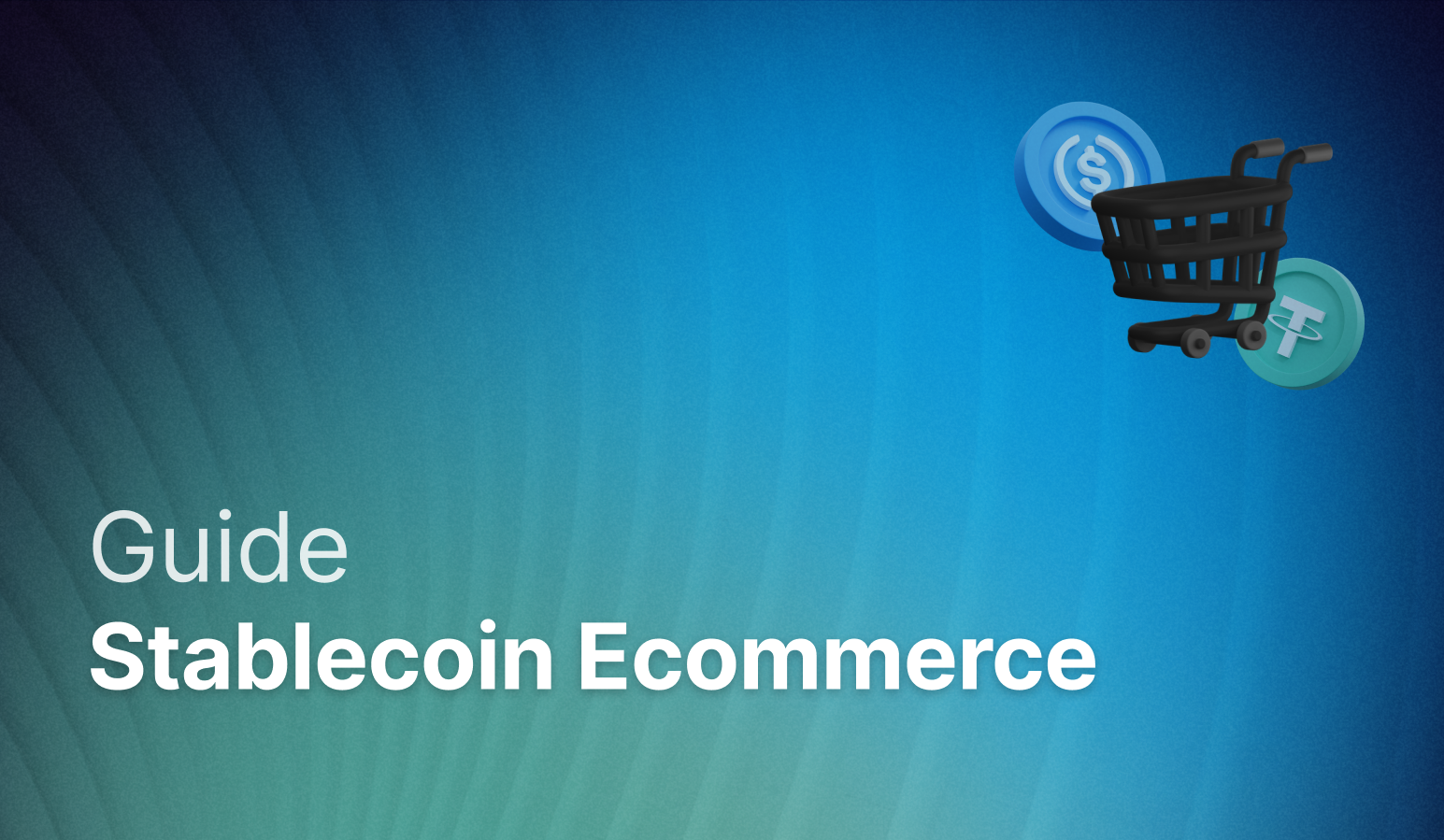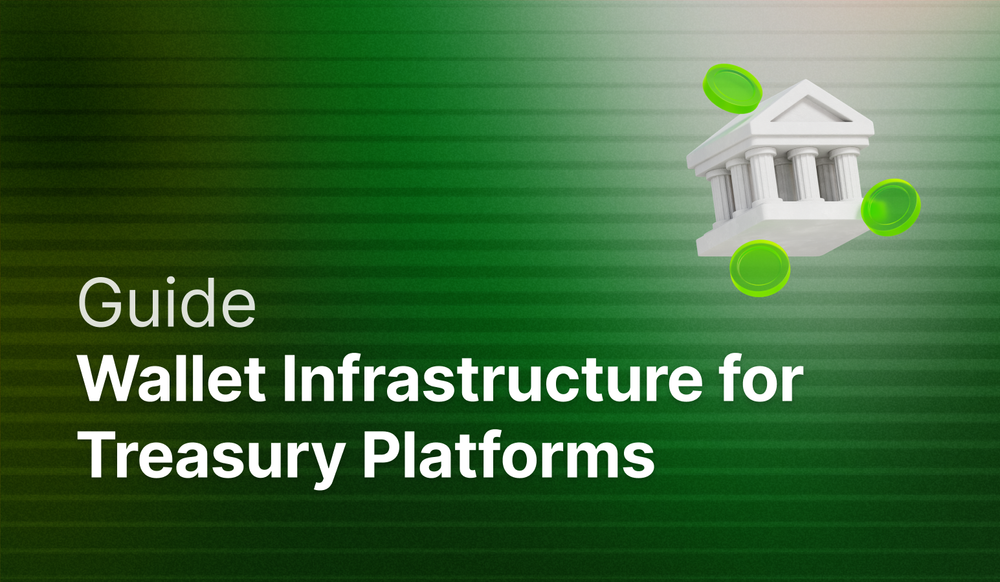Your platform is leaving money on the table with every transaction. While traditional payment rails extract 2.9% plus fees, you're watching potential revenue vanish—revenue that could fuel platform growth, feature development, and market expansion. For platforms powering D2C commerce, payment infrastructure isn't just a cost center—it's an untapped profit center waiting to be optimized.
The opportunity is massive. Platforms processing $100M annually could capture an additional $2-3M in revenue through stablecoin infrastructure. By offering merchants lower-fee stablecoin payments, platforms can negotiate better revenue shares, attract high-volume sellers fleeing competitors' fees, and tap into the fastest-growing segment of global commerce.
In this article, we'll reveal why X, Airbnb, and Stripe are racing to capture stablecoin transaction volume, how your platform can monetize the $249 billion stablecoin market without disrupting operations, and which implementation strategies drive the highest platform revenue. You'll discover how leading platforms are already turning payment infrastructure into a competitive advantage.
Why B2C Stablecoins Are the Next Critical Payment Infrastructure
Traditional payment rails force merchants to subsidize benefits they never asked for. That coffee shop owner paying 15% on every $2 sale? They're funding customer cashback rewards, travel points, and purchase protection programs—perks that flow from their revenue to card users' pockets. Add cumbersome decades-old infrastructure and regulatory complexity, and merchants become unwilling financiers of a system designed to extract, not enable.
Using stablecoins for ecommerce flips this model. Instead of merchants subsidizing consumer rewards and outdated infrastructure, they keep their revenue. The advantages are immediate and measurable:
- Instant settlement vs T+2 business days: A customer buys on Saturday from anywhere in the world—merchant receives funds instantly, not Tuesday
- Near-zero fees vs crushing rates: Traditional rails charge 2.9% + $0.30 in the US, 1.4% + $0.30 in Europe. Stablecoins? Virtually free
- No chargeback or fraud costs: Transactions are final, eliminating the $125 billion annual chargeback burden
- Global reach without friction: Send $200 from the U.S. to Colombia for less than $0.01, compared to $12.13 on traditional rails
That's not disruption—it's demolition of an extractive system.
Building D2C Infrastructure: Essential Stablecoin Tools for Merchants
Smart platforms recognize that modern payments infrastructure isn't just about cost savings—it's about giving merchants the tools they need to compete. While others rely on legacy infrastructure, forward-thinking platforms offer:
Instant International Expansion: When settlement happens in seconds, not days, small merchants compete globally without enterprise infrastructure. Geographic boundaries dissolve when payment friction disappears.
Cash Flow Revolution: No more factoring receivables while waiting for funds. Merchants reinvest immediately, accelerating growth cycles that compound over time.
Programmable Commerce: Stablecoin infrastructure enables features impossible with traditional rails. Automate supplier payments. Create escrow that releases on delivery confirmation. Build loyalty programs with real, transferable value.
How D2C Stablecoins Create Network Effects for Platforms
Stripe announced that they are taking a 1.5% fee on stablecoin payments, a 30% discount on the fees they charge for card payments. They understand that capturing market share in the stablecoin economy matters more than maximizing per-transaction fees. Additionally, their $1.1 billion acquisition of Bridge and acquisition of Privy sent a clear signal: Silicon Valley is taking stablecoin infrastructure seriously.
As major processors adopt stablecoin infrastructure, network effects compound. More merchants mean more consumers. More consumers mean more merchants. The platforms that move first capture this virtuous cycle.
Implementing Stablecoin Ecommerce Without Operational Disruption
Modern stablecoin tools for merchants abstract complexity through APIs that speak your language. Compliance tools handle KYC and AML automatically. Popular apps like Venmo, ApplePay, Paypal, CashApp, Nubank, and Revolut all allow their customers to use stablecoins today.
Your merchants see familiar interfaces while the backend revolutionizes money movement. No technical deep dives. No operational overhauls. Just dramatically better economics.
The Future Infrastructure: Why D2C Platforms Need Stablecoins Now
The stablecoin market has exploded—rising to $249.3 billion from $131.3 billion since January 2024, a 90% surge. Major tech companies including Apple, Google, X, and Airbnb are actively exploring stablecoin integration. X is looking to integrate stablecoins into its X Money app, while Airbnb is working with Worldpay to cut credit card processor fees to cut fees from credit card payment processors.
Platforms face a choice: Lead the transformation or watch competitors capture merchants seeking sustainable economics. The question isn't whether B2C stablecoins and D2C stablecoins will dominate—it's which platforms will own the transition.
Beyond Payment Processing: Stablecoin Infrastructure as Platform Innovation
Using stablecoins for ecommerce isn't about shaving basis points off transaction fees. It's about fundamentally reimagining commerce. When payments cost nearly nothing, new business models emerge. Micropayments become viable. International commerce explodes. Innovation accelerates.
Building the future of e-commerce? Apply to Crossmint's Startup Program for rewards, fundraising support, marketing and more.
Ready to Give Your Merchants the Infrastructure They Deserve?
While competitors debate the future of payments, Crossmint helps you build it today. With battle-tested infrastructure trusted by leading financial institutions, Crossmint delivers everything your platform needs: embedded custodial & non-custodial wallets, instant global settlements, seamless fiat-to-stablecoin swaps, enterprise-grade compliance with KYC and AML screening, and white-label integration that preserves your brand experience.
Your merchants don't need another payment option—they need infrastructure that transforms their economics. Schedule a demo with Crossmint to see how leading platforms are already capturing the $2.4 trillion opportunity in stablecoin commerce.








